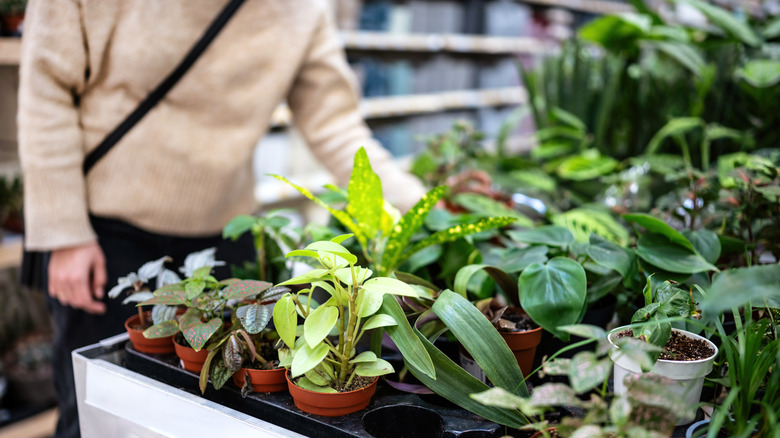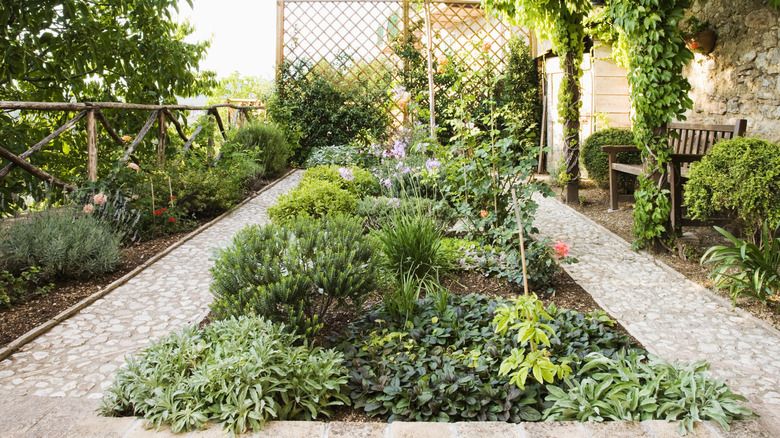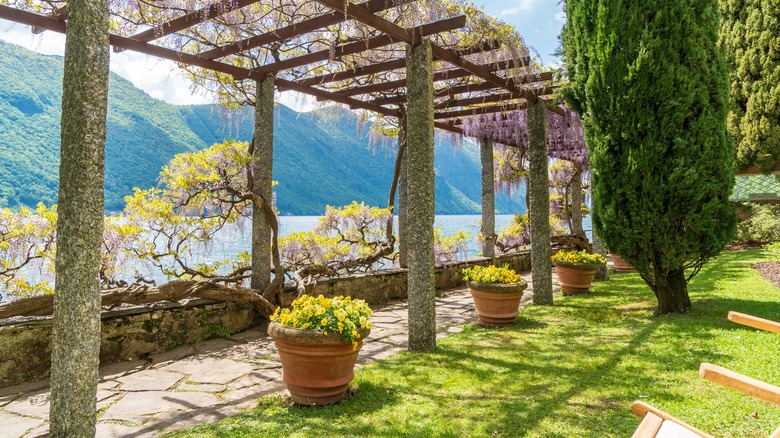Key Elements Every Italian-Inspired Backyard Garden Needs
The famous gardens of Renaissance-era Italy encouraged a full sensory experience, where visitors could appreciate all the sights, sounds, and scents of not just the garden, but the landscapes beyond as well. In Italy still today, a thriving garden is more than just a feature to enhance your curb appeal; it's a place to escape from everyday noise, spend quality time with others, and pluck fresh herbs for delicious family recipes. If you daydream about lounging in the sun with a bright wine, fresh bread, and olive tapenade, an Italian-inspired garden could be just what you need to take your outdoor living area to the next level. But let's say you don't live in a dreamy Italian countryside villa — not yet, anyway — how can you emulate the feeling of a beautiful Mediterranean garden in your own backyard? The easiest way to capture that Italian essence in your garden is by growing deep green trees and shrubs, fragrant herbs, and classic edible plants like olives, citrus, and tomatoes.
Of course, you should also consider your own local climate when selecting plants to grow in your Italian-inspired garden, especially if you don't live in a warm and dry Mediterranean-like climate. Luckily, there are some popular plants that will thrive almost anywhere in the United States, like evergreens, roses, and rhododendrons. Here's what you need to know to select plants and other features for your garden that will indulge your senses and bring the Mediterranean lifestyle right to your back door.
Embrace Mediterranean plants and growing techniques
Most of Italy experiences hot, dry summers and mild winters, but you don't have to live in a warm Mediterranean climate to enjoy Italian garden aesthetics. For Italian-inspired outdoor plants that thrive in winter weather, consider evergreens like pine and fir, which abound in the high mountains of Italy. Italian gardens tend to have few flowers, focusing more on lush shrubbery, but you can beautify your backyard with flowering shrubs like boxwoods, climbing roses, azaleas, and rhododendrons. Some popular Italian herbs like oregano and rosemary can also be grown throughout most of the United States, depending on the variety. For small yards, container gardening with small roses, herbs, and citrus trees (in warmer climes) will give you both beauty and space. In fact, growing lemon trees in terra-cotta pots is a very traditional Italian practice!
If you live in USDA zones 9 through 11, you have a similar climate to Italy. Basil will fare wonderfully in these warm areas, and you may be able to feature warm-weather garden plants like olive trees and citrus trees in addition to the flowers and herbs listed above. Trees and shrubs like Italian cypress, lavender, and abelia are perfect for adding height and dimension or casting a little shade over a hot patio area. Altogether, these plants will bring an intoxicating aroma to your yard that's reminiscent of the Italian countryside.
Incorporate hardscaping and outdoor features
Italian-style gardens can be large, but they tend to be separated into designated growing areas with clearly defined garden beds. Rather than depending on English-style grass lawns, Italian gardens frequently use stone or gravel areas and walkways — also known as hardscaping. Concrete pavers or stepping stones can also capture that classy villa vibe, and they're a suitable option for small backyards. For show-stopping ideas on how to nail the Italian villa decor trend in your garden, install a stone wall or neatly trimmed hedges to break up the space. Think vertically, too! A trellis with climbing roses or an arbor covered in grapevines can provide stunning beauty and some much-needed shade.
Read through any ultimate guide to Tuscan decor, and you'll quickly see that relaxing, communal spaces are essential to the Italian aesthetic, and gardens are no exception. Food plays a huge role in Italian culture as a way to bring people together, so tables are a must-have in any Italian-inspired garden. Place a cozy table near your potted citrus plants or fragrant herbs, perfect for plucking fresh produce to flavor your dishes. If your garden is large enough, you may also want to include a few benches or other seating areas along shrub-lined pathways, encouraging garden visitors to pause to soak in the natural beauty of your backyard.


